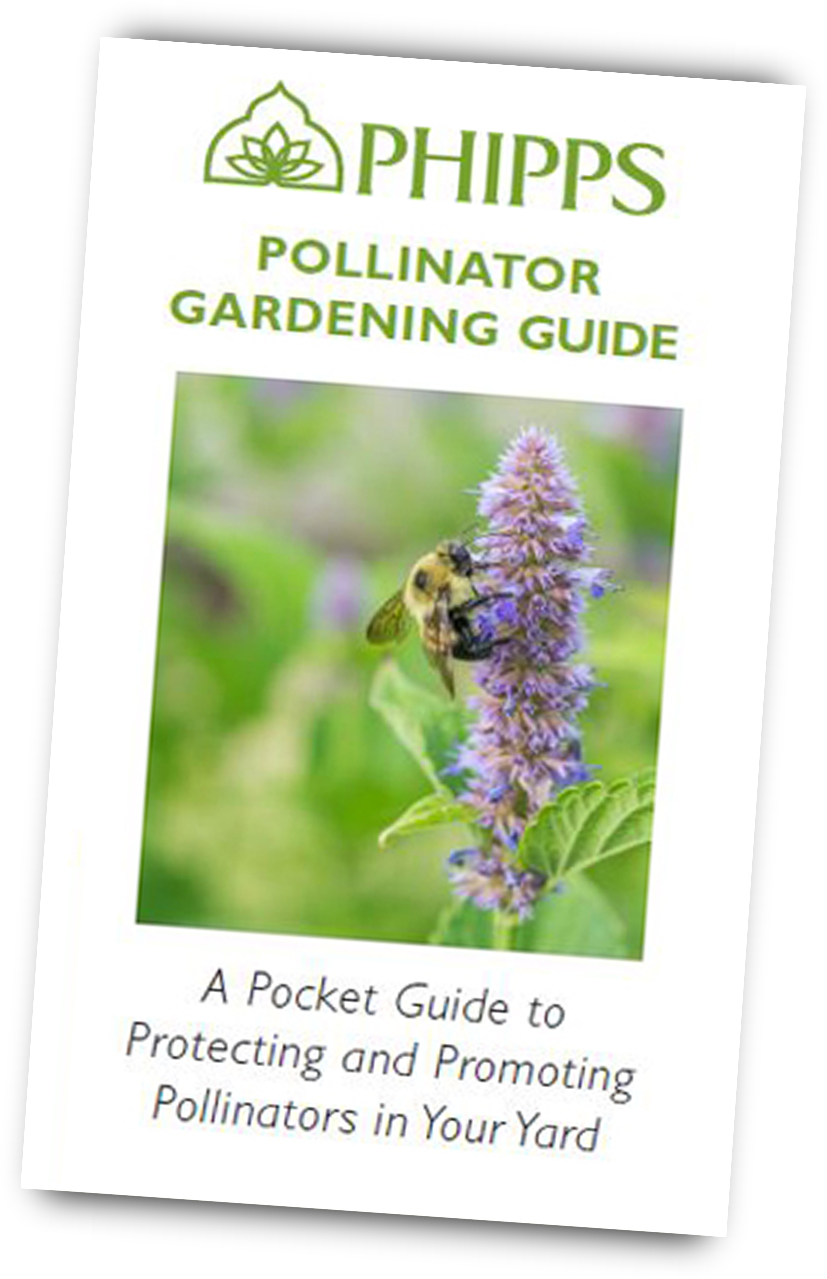Pollinator Gardening Guide
Pollinator Gardening Guide
Pollinators are beautiful and interesting to look at — and responsible for creating most of the food we eat! These busy workers include 4,000 species of native bees, butterflies, hummingbirds and less lauded creatures, like beetles and flies.
This guide will help you attract and protect pollinators. With a variety of flowering perennials, shrubs and trees, you will create a haven for pollinators and a beautiful space for all to enjoy.
Download our Pocket Pollinator Gardening Guide and search for sustainable pollinator plants with Phipps' Sustainable Plant Finder.
What Is Pollination?
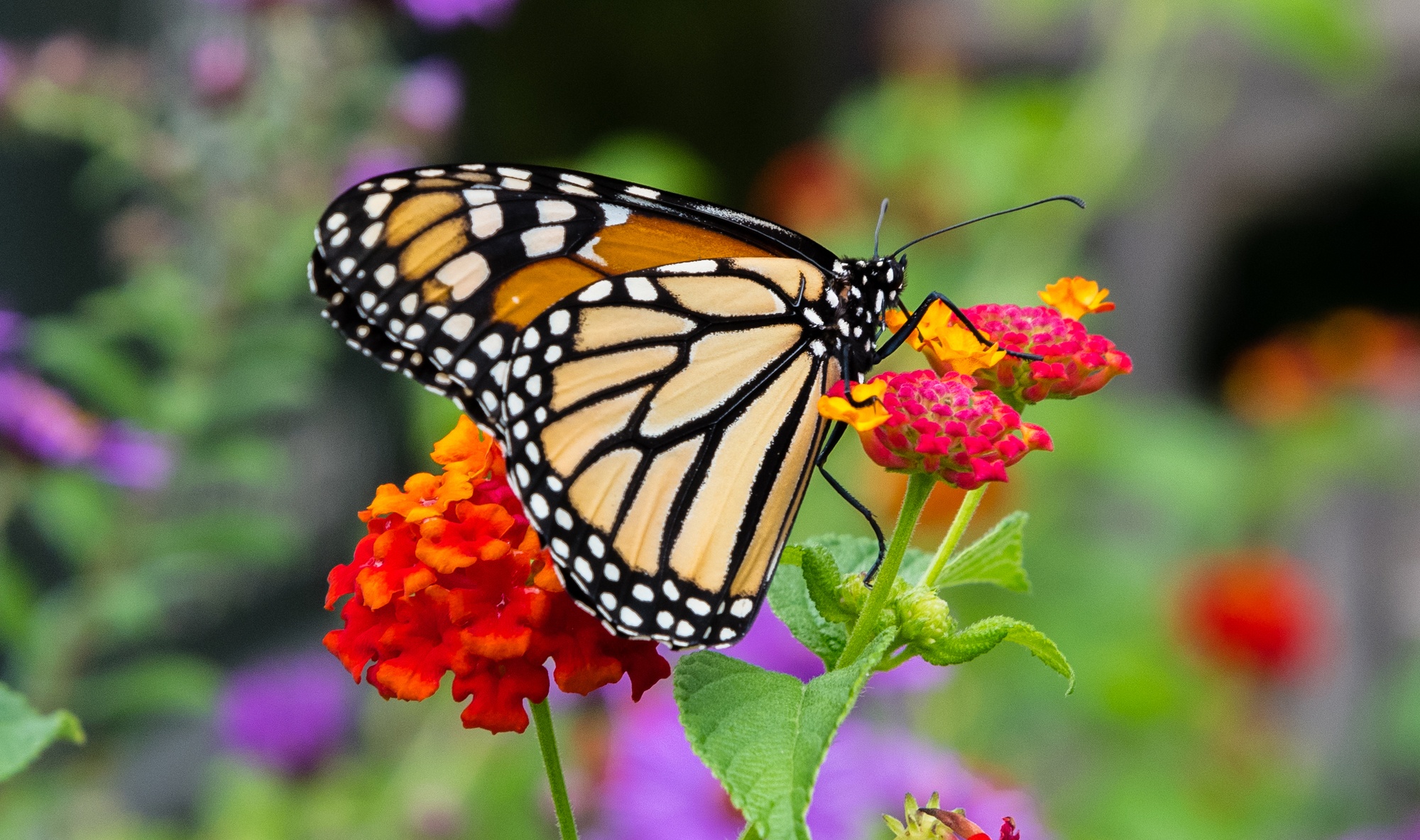
Pollination is the essential ecosystem process by which plants reproduce, creating seeds and fruit. Some plants are pollinated by the wind, but a majority (about 90%) rely on animals to complete this process. Not only is pollination necessary for healthy plant populations, but we also rely on pollination for the production of most (nearly 75%) of the crops that we use for food, fibers, beverages, spices and medicines.
Choose the Right Plants
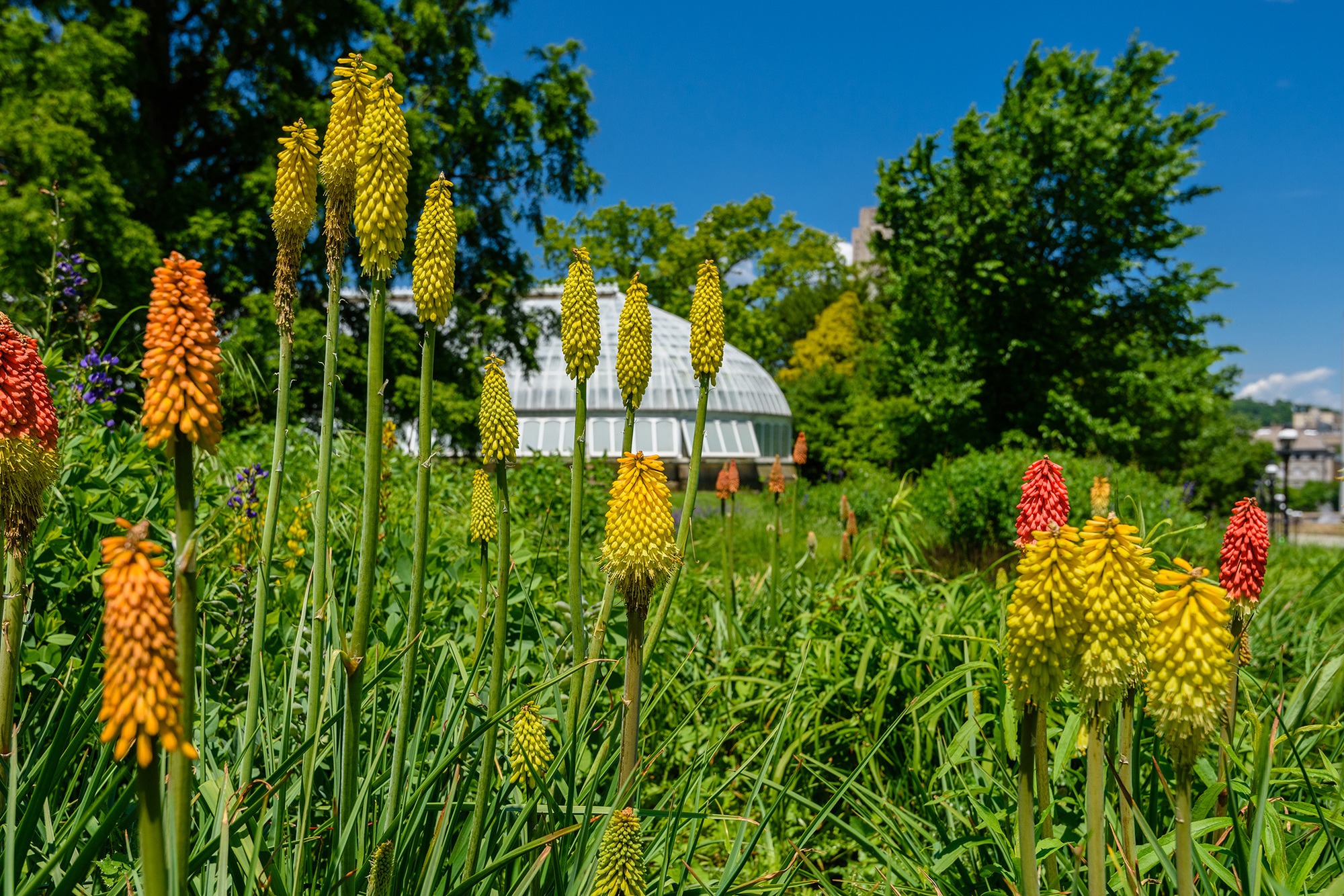
Choose native plants, which have co-evolved with native pollinators, so they are adapted to the local climate and soil conditions. The Natural Resources Conservation Service recommends at least 75% of your plants be native. Avoid invasive plants, which spread quickly and can outcompete natives.
Provide shelter for pollinators. Trees and shrubs provide valuable cover for pollinators. Include fruit and/or flower-bearing trees and shrubs. Include areas that are not mown, such as mini-meadows or flower beds.
Plant a Pollinator Buffet
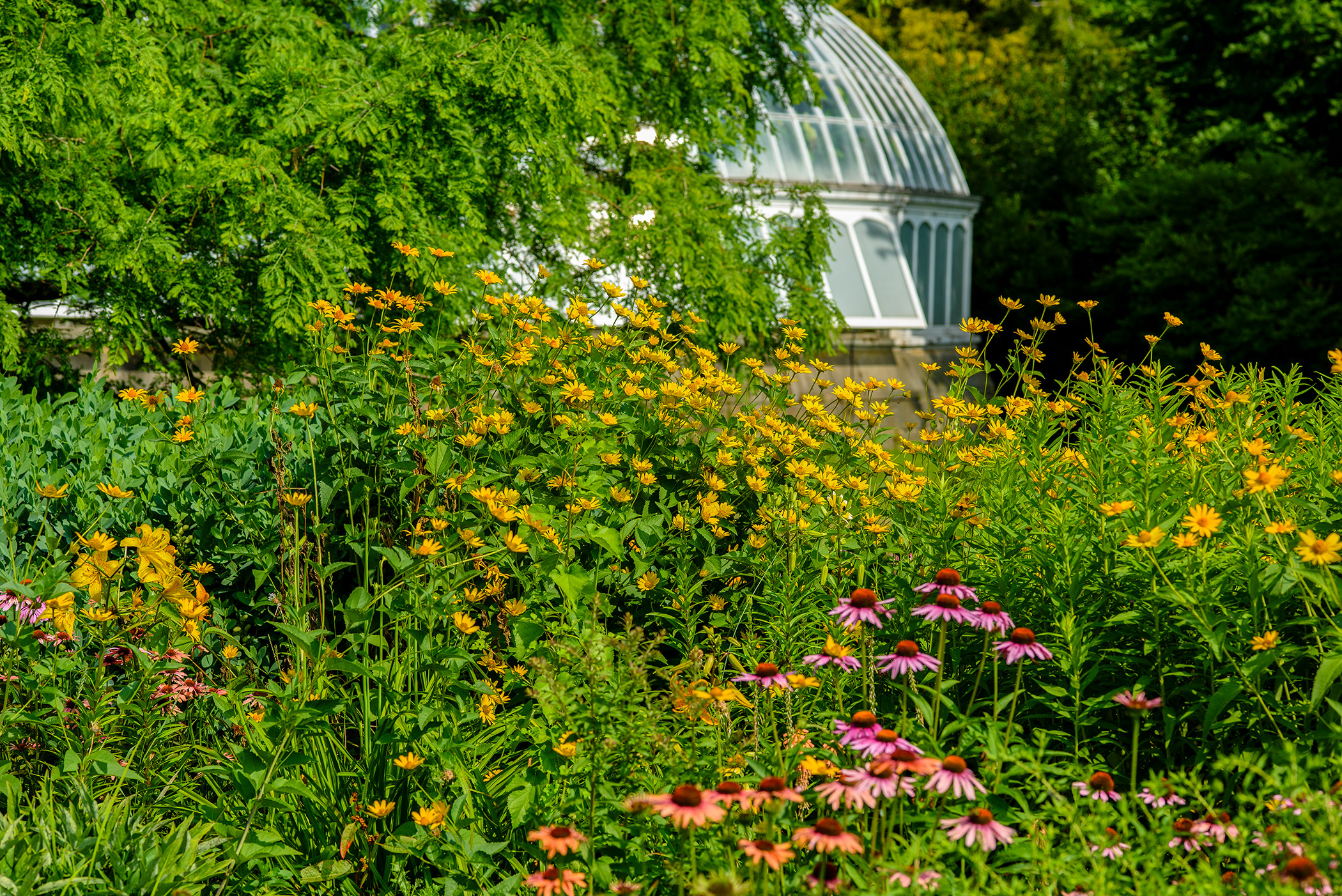
Provide an abundance of plants. Plant large swaths of the same species to better attract pollinators. Include flowering trees or shrubs that produce many flowers, usually early in the season.
Pollinators need food throughout the growing season, so have plants that bloom in a sequence from early spring to late fall. Include both pollen- and nectar-producing plants in your design with overlapping blooms.
Diversify your plant palette. Diverse selections of plants attract a greater diversity of pollinators. Plant an array of plants with many different flower shapes and colors.
Favorite Foods
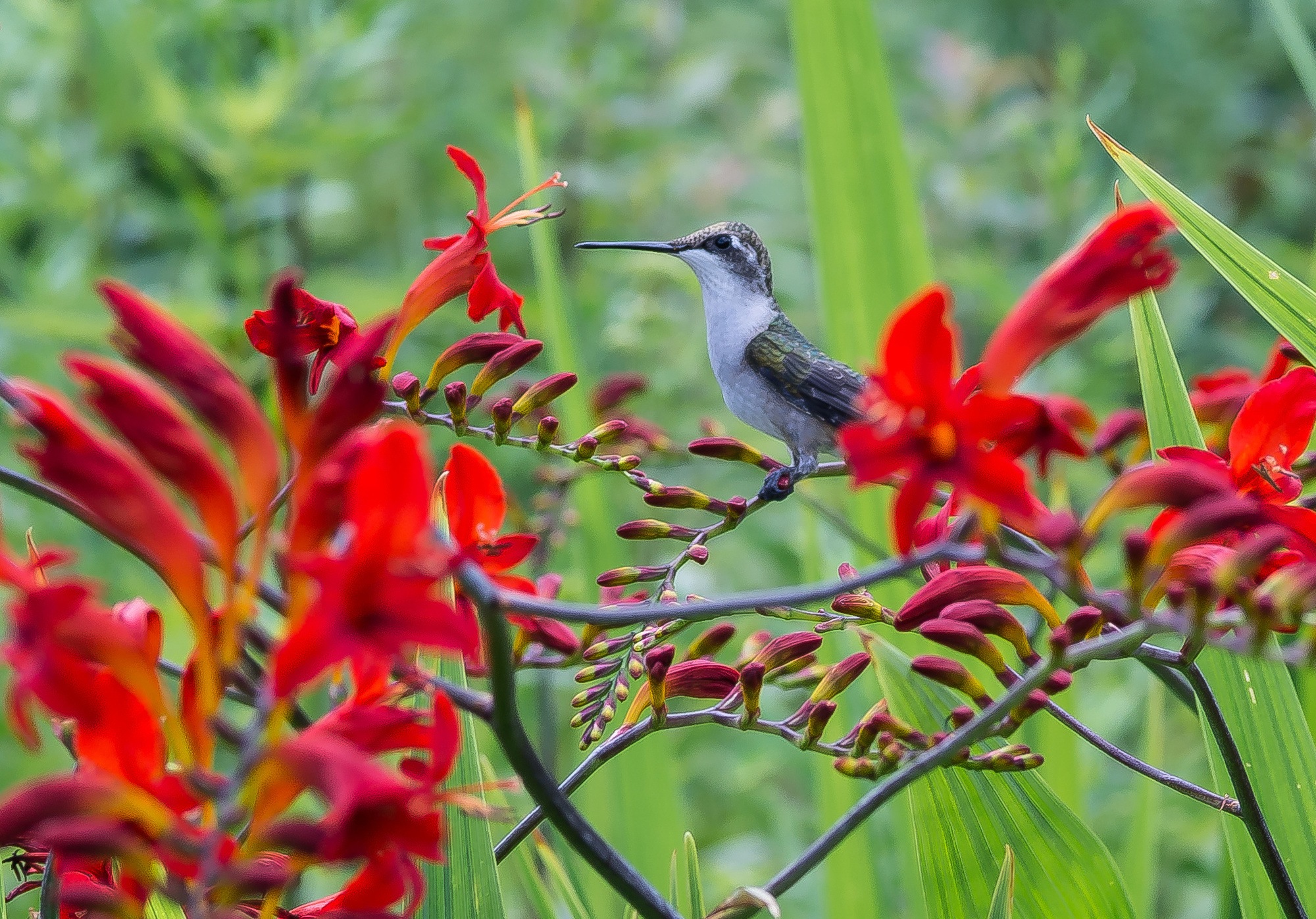
Various native flowers and grasses offer food, including pollen and nectar. Here are some of the favorite foods of various pollinators:
Hummingbirds and Butterflies
Plant nectar-rich, tubular and trumpet-shaped flowers, like penstemon and coral honeysuckle. Choose brightly colored flowers in reds, oranges and yellows. Include host plants (plants that provide food for a specific caterpillar species — like milkweed for monarchs).
Bees
Plant flowers that are purple, blue or yellow to attract bees. Flowers with single blooms provide more nectar and pollen than double blooms.
Additional Considerations
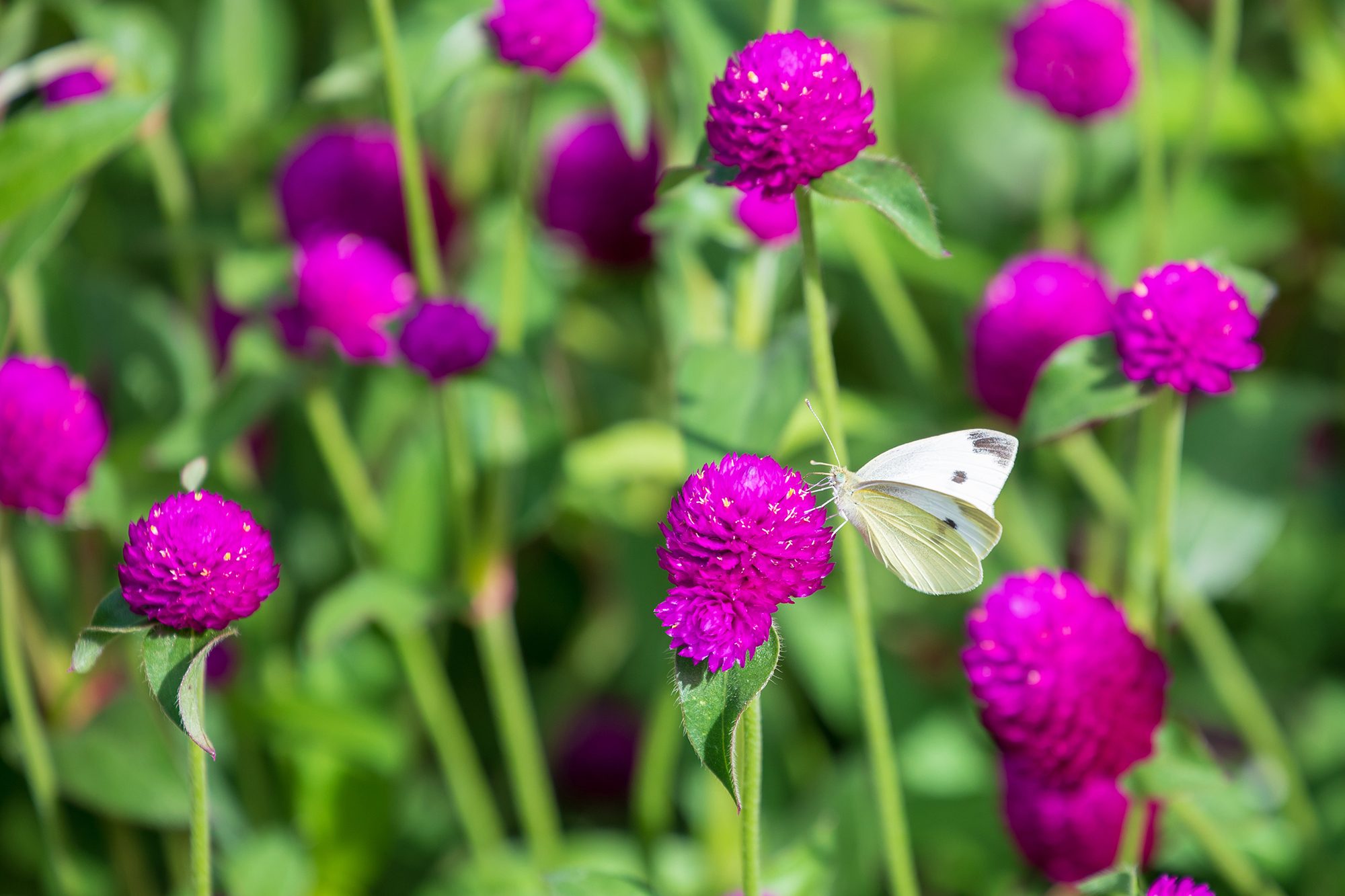
Water is important for pollinators. Running water for bathing will attract hummingbirds. Provide a birdbath, fountain, dripping faucet, small pond or shallow puddles. Water pooled on the ground provides both water and salts that pollinators need.
Do a spring clean rather than a fall removal. So much wildlife overwinters on stems or in fallen leaves — don't take away their homes! Avoid spraying pesticides in your yard. They can harm wildlife or the plants you provide to pollinators.
Resources
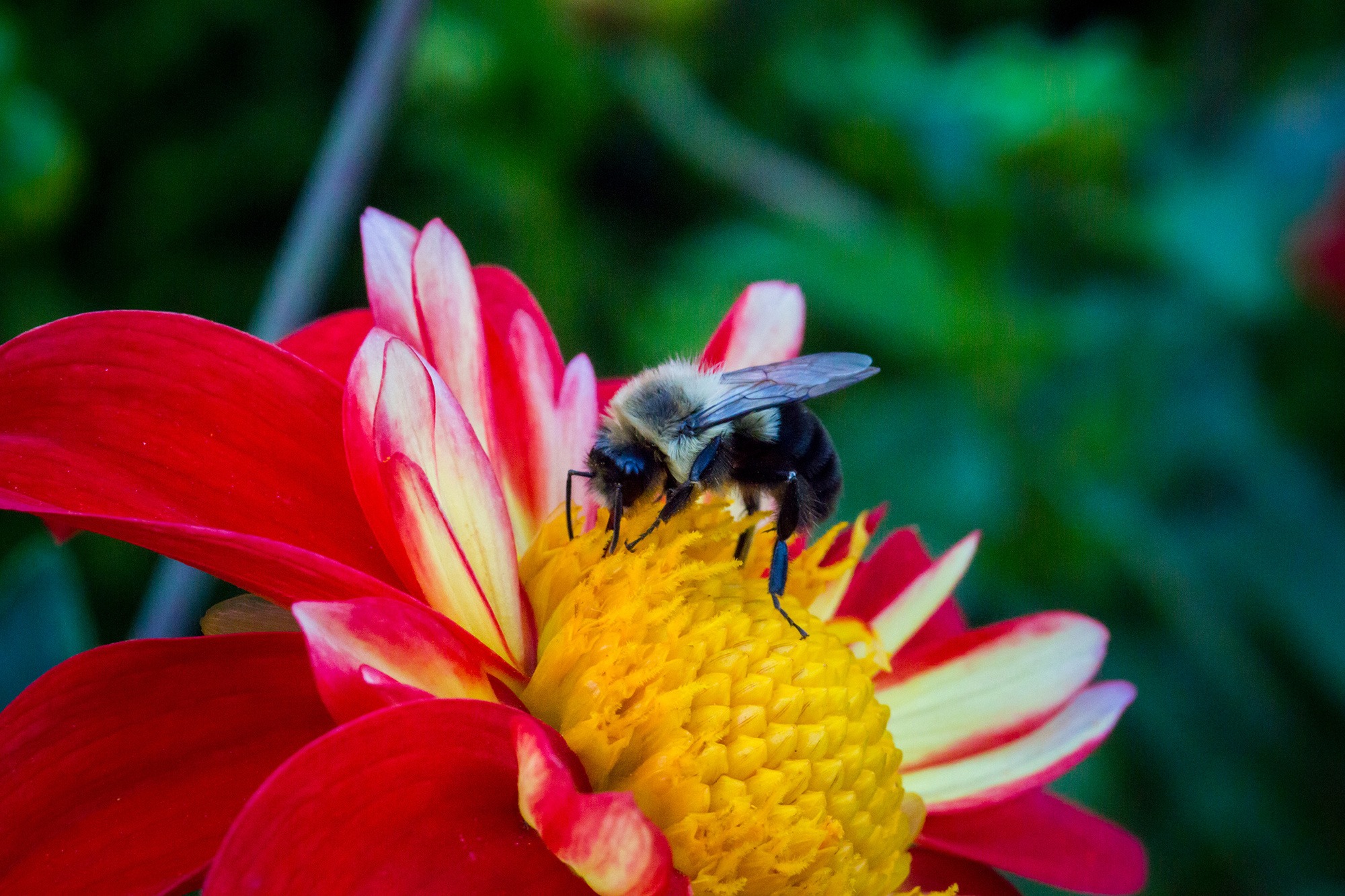
Search for sustainable pollinator plants with Phipps' Sustainable Plant Finder.
Use the iNaturalist or Seek phone apps to identify and learn about your pollinators and plants.
Send pictures and questions to Ask Dr. Phipps.
Find regional pollinator plant lists provided by the Xerces Society, and Pollinator Partnership's lists for eastern broadleaf forests and central Appalachian broadleaf forests.
Photos © Phil Johnson II, Annie O'Neill and Paul g. Wiegman
